What is Neurofeedback?
Neurofeedback is a non-invasive, evidence-based treatment that can encourage healthier brain function through brainwave training. Since the emergence of Neurofeedback in the late 1960’s, it has become a prime method for retraining brainwave patters using operant conditioning (Hammond, 2007, p. 25). Neurofeedback has assisted with the relief of symptoms including epilepsy, ADHD, anxiety, alcoholism, PTSD, and more (Hammond, 2007, p. 25). By using technology, the practitioner is able to coach the participant to produce optimal levels of functioning with real-time audio and visual feedback (Hammond, 2007, p. 26). Hammond (2007) explains this process by comparing Neurofeedback to physical therapy with the brain that can enhance cognitive flexibility and control (p. 26). There are many trainings to choose from to help participants and to address their concerns. By understanding the basics of Neurofeedback, the solutions and applications are endless.
Neurofeedback is a non-invasive, evidence-based treatment that can encourage healthier brain function through brainwave training. Since the emergence of Neurofeedback in the late 1960’s, it has become a prime method for retraining brainwave patters using operant conditioning (Hammond, 2007, p. 25). Neurofeedback has assisted with the relief of symptoms including epilepsy, ADHD, anxiety, alcoholism, PTSD, and more (Hammond, 2007, p. 25). By using technology, the practitioner is able to coach the participant to produce optimal levels of functioning with real-time audio and visual feedback (Hammond, 2007, p. 26). Hammond (2007) explains this process by comparing Neurofeedback to physical therapy with the brain that can enhance cognitive flexibility and control (p. 26). There are many trainings to choose from to help participants and to address their concerns. By understanding the basics of Neurofeedback, the solutions and applications are endless.
Our brain cells communicate through electrical impulses, also known as brainwaves. Normal brainwave patterns can be disrupted by trauma, resulting in patients getting stuck in unhealthy patterns of biological activity and behavior. Neurofeedback can help the brain become more flexible and develop healthier patterns and responses, a process known as neuroplasticity.
HOW DOES NEUROFEEDBACK WORK?
When a patient’s brainwave activity moves into a healthier state, the brain is rewarded with pleasant video and audio. Our brains, just like animals, are constantly seeking rewards. During a single neurofeedback session, the brain is given multiple opportunities to self-correct and be rewarded.
What do patients experience during a session?
Patients often feel calm and relaxed after a session. The increase in both of these brainwaves, they can enter a deep state between wakefulness and sleep. In this state, people are more open to processing things in a new and healthier way. After these sessions, patients may find that when they think about past events or traumas, they have more insight into their emotions without feeling disabled, distressed, or overwhelmed.
If you are interested in seeing if neurofeedback is the right fit for you, please contact us.
HOW DOES NEUROFEEDBACK WORK?
When a patient’s brainwave activity moves into a healthier state, the brain is rewarded with pleasant video and audio. Our brains, just like animals, are constantly seeking rewards. During a single neurofeedback session, the brain is given multiple opportunities to self-correct and be rewarded.
What do patients experience during a session?
Patients often feel calm and relaxed after a session. The increase in both of these brainwaves, they can enter a deep state between wakefulness and sleep. In this state, people are more open to processing things in a new and healthier way. After these sessions, patients may find that when they think about past events or traumas, they have more insight into their emotions without feeling disabled, distressed, or overwhelmed.
If you are interested in seeing if neurofeedback is the right fit for you, please contact us.
